Maximizing Efficiency: Tips for Testing Your Commercial Beer Brewing System
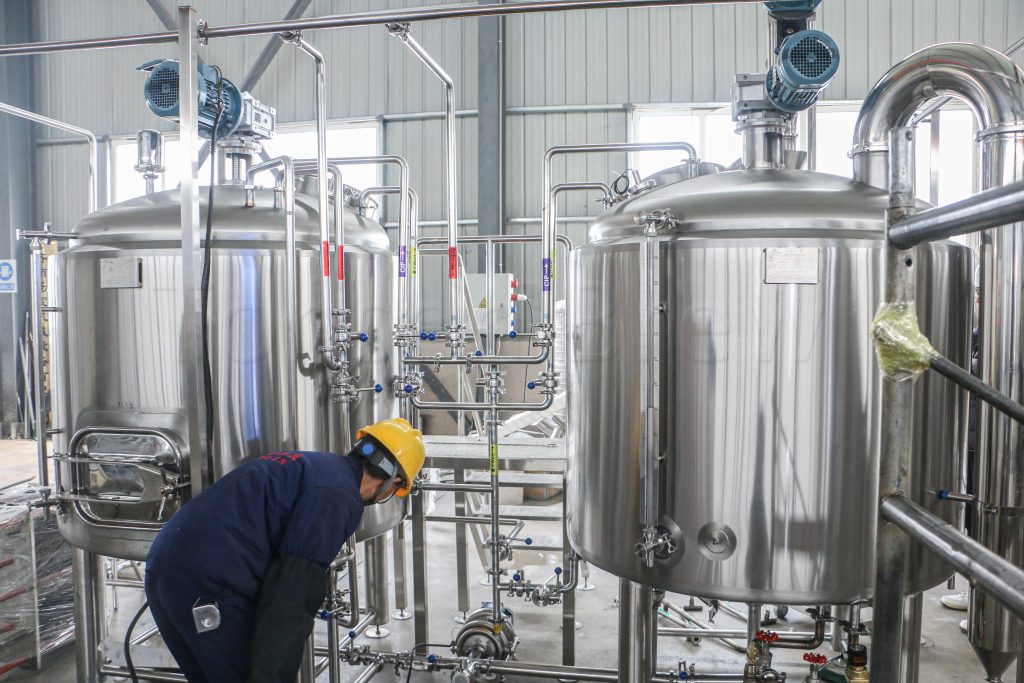
In the competitive world of commercial beer brewing, efficiency is key to maintaining profitability and ensuring consistent product quality. Whether you’re a seasoned brewer or new to the industry, regularly testing your commercial beer brewing system is essential for identifying inefficiencies and optimizing performance. This article will guide you through practical tips to maximize your beer system efficiency, ensuring your brewing process runs smoothly and meets the highest standards.
The Challenges of Inefficient Brewing Systems
Running a commercial beer brewing system comes with its own set of challenges. Inefficiencies can lead to increased production costs, inconsistent beer quality, and even equipment failure. Common issues include:
- Energy Waste: Inefficient systems consume more energy, driving up utility bills.
- Inconsistent Output: Variations in temperature, pressure, or timing can affect the flavor and quality of your beer.
- Equipment Wear and Tear: Poorly maintained systems are prone to breakdowns, leading to costly repairs and downtime.
These problems not only impact your bottom line but can also harm your brand’s reputation if customers notice inconsistencies in your product.
The Consequences of Ignoring System Efficiency
Ignoring the efficiency of your commercial beer brewing system can have serious repercussions. Consider the following:
- Financial Losses: Higher energy consumption and frequent equipment repairs can significantly increase operational costs.
- Quality Control Issues: Inconsistent brewing conditions can result in subpar beer, leading to customer dissatisfaction and lost sales.
- Competitive Disadvantage: In an industry where margins are tight, inefficiencies can put you at a disadvantage compared to more optimized competitors.
The longer these issues go unaddressed, the more they compound, making it increasingly difficult to recover and maintain a competitive edge.
Tips for Testing and Optimizing Your Brewing System
To avoid these pitfalls, it’s crucial to regularly test and optimize your commercial beer brewing system. Here are some actionable tips to help you get started:
1. Conduct Regular System Audits
- Check for Leaks: Inspect all connections and seals for leaks that could lead to energy loss or contamination.
- Monitor Energy Usage: Use energy meters to track consumption and identify areas where efficiency can be improved.
- Evaluate Equipment Performance: Regularly assess the performance of pumps, heat exchangers, and other critical components.
2. Implement a Preventive Maintenance Schedule
- Clean and Sanitize: Regularly clean and sanitize all parts of your brewing system to prevent buildup that can affect efficiency.
- Replace Worn Parts: Proactively replace worn or damaged components before they fail and cause downtime.
- Lubricate Moving Parts: Ensure that all moving parts are properly lubricated to reduce friction and wear.
3. Optimize Brewing Parameters
- Temperature Control: Use precise temperature controls to maintain consistent brewing conditions.
- Pressure Monitoring: Regularly check and adjust pressure settings to ensure optimal performance.
- Timing Adjustments: Fine-tune brewing times to maximize efficiency without compromising quality.
4. Invest in Modern Technology
- Automated Systems: Consider upgrading to automated brewing systems that can precisely control variables and reduce human error.
- Energy-Efficient Equipment: Invest in energy-efficient boilers, chillers, and other equipment to reduce energy consumption.
- Data Analytics: Use data analytics tools to monitor and analyze brewing data, identifying trends and areas for improvement.
5. Train Your Staff
- Proper Training: Ensure that all staff members are properly trained in operating and maintaining the brewing system.
- Continuous Education: Keep your team updated on the latest brewing techniques and technologies to maintain a high level of expertise.
6. Conduct Test Batches
- Small-Scale Testing: Before making significant changes, conduct small-scale test batches to evaluate the impact on efficiency and quality.
- Document Results: Keep detailed records of test results to track improvements and make informed decisions.
Conclusion
Maximizing the efficiency of your commercial beer brewing system is not just about reducing costs—it’s about ensuring consistent quality, maintaining customer satisfaction, and staying competitive in a demanding market. By conducting regular system audits, implementing preventive maintenance, optimizing brewing parameters, investing in modern technology, training your staff, and conducting test batches, you can identify and address inefficiencies before they become major problems.
Remember, a well-maintained and efficient brewing system is the backbone of a successful commercial brewery. Take the time to test and optimize your system, and you’ll reap the rewards in both product quality and profitability. Cheers to brewing success!
https://www.tcbrewbeer.com/en/four-vessel-brewhouse-5000l/
Related recommendations
How to Make a Microbrewery: A Step-by-Step Guide to Crafting Your Own Brew
149Discover how to make a microbrewery with tips on equipment, recipes, and marketing to start your craft beer business successfully.
View detailsHow to Master Brewery Planning: Calculate the Ideal Brewery Size for Your Craft Beer Business
167Learn how to calculate the ideal brewery size for your craft beer business with expert tips on brewery planning, equipment space, and efficient layouts.
View detailsWhat is a Bright Tank and How It Improves Beer Quality?
357Learn how a bright tank improves beer clarity, carbonation, and stability, ensuring high-quality beer ready for packaging.
View detailsThe Impact of Craft Beer Culture on Brewing Equipment Design
305Learn how craft beer culture shapes brewing equipment design with customization, sustainability, and automation trends.
View details
 Shandong Tonsenbrew Co., Ltd.
Shandong Tonsenbrew Co., Ltd.

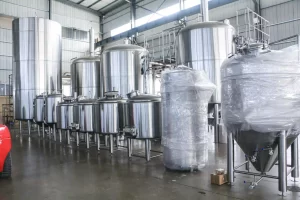
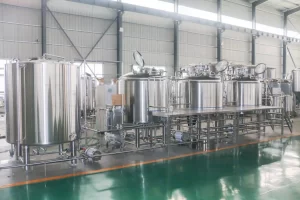
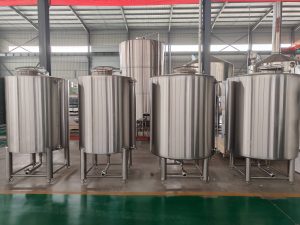
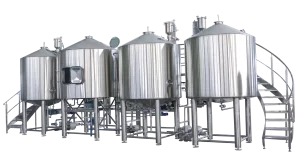
HelloPlease log in